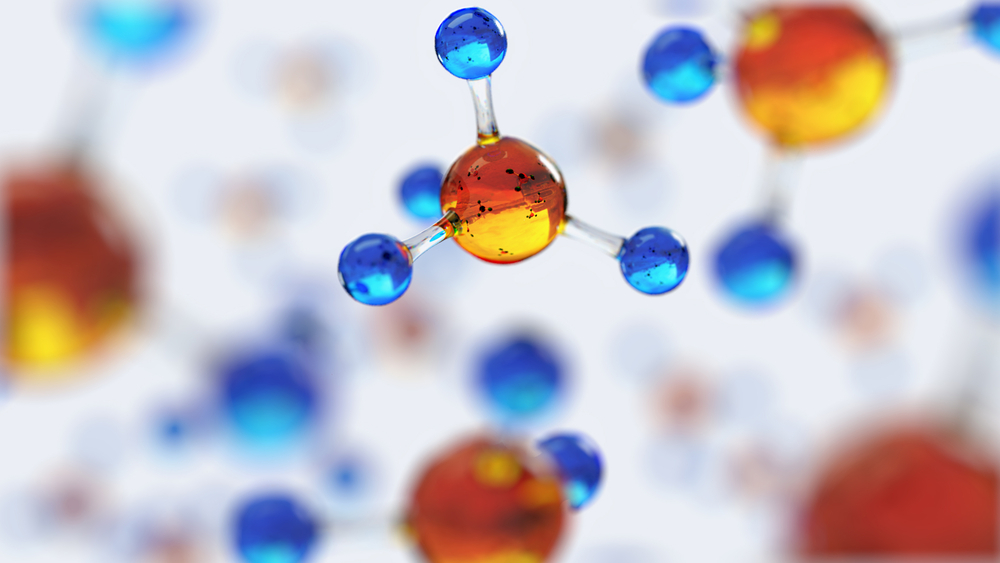How Chemistry Shapes Our World: Key Insights
Chemistry is more than just a subject studied in labs or classrooms; it’s the very foundation of the world around us. From the air we breathe to the food we eat, from the materials we use to the medicines that heal us, chemistry plays a pivotal role. This article explores the profound impact of chemistry on our daily lives, highlighting key insights that reveal its importance and influence. Explore how chemistry shapes our world with key insights into its impact on everyday materials, health, energy, and more. Discover how chemical innovations drive progress and sustainability for a better future.
The Basics of Chemistry: Atoms, Elements, and Compounds (How Chemistry Shapes Our World)
At its core, chemistry deals with atoms, the building blocks of matter. These tiny particles combine to form elements, each with its own unique properties. When elements combine chemically, they create compounds, which can range from simple molecules like water (H2O) to complex structures found in plastics and pharmaceuticals.
Understanding Atomic Structure – How Chemistry Shapes Our World
Atoms consist of protons, neutrons, and electrons. The number of protons determines an element’s identity (e.g., hydrogen has 1 proton, oxygen has 8). Isotopes are variants of elements with different numbers of neutrons, affecting stability and behavior.
The Periodic Table: A Map of Elements – How Chemistry Shapes Our World
The periodic table organizes elements based on their atomic number and properties. It reveals trends in properties like reactivity, atomic size, and electronegativity, guiding how elements interact and combine.
Chemistry in Everyday Materials – How Chemistry Shapes Our World
Chemistry shapes the materials we rely on daily, from the clothes we wear to the buildings we inhabit.The Haber-Bosch Process, pioneered by German chemists Fritz Haber and Carl Bosch, revolutionized agriculture by enabling the mass production of ammonia from atmospheric nitrogen and hydrogen. This breakthrough facilitated the widespread availability of fertilizers, significantly boosting agricultural productivity and food production worldwide.
Polymers: The Backbone of Modern Materials – How Chemistry Shapes Our World
Polymers are large molecules made of repeating units (monomers). They form plastics, synthetic fibers, and rubber, offering versatility and durability. For instance, polyethylene’s molecular structure gives it strength, making it ideal for packaging and insulation.
Metals and Alloys: Strength Through Composition – How Chemistry Shapes Our World
Metals and alloys are crucial in construction, transportation, and electronics. Alloying metals (e.g., adding chromium to iron to make stainless steel) improves strength, corrosion resistance, and other properties, expanding their applications.
Chemistry’s Role in Health and Medicine – How Chemistry Shapes Our World
Chemistry underpins advancements in healthcare, from drug discovery to diagnostics. Penicillin, the life-saving antibiotic discovered by Alexander Fleming in 1928, was a serendipitous breakthrough when he observed mold inhibiting bacterial growth. Australian pharmacologist Howard Florey and his team subsequently purified penicillin, revolutionizing medicine and saving countless lives by effectively treating bacterial infections
Pharmaceutical Chemistry: From Molecules to Medicines – How Chemistry Shapes Our World
Drug development relies on understanding chemical interactions in biological systems. Researchers design molecules that interact with specific targets (e.g., proteins) to treat diseases. For instance, aspirin’s chemical structure inhibits enzymes involved in inflammation, relieving pain and reducing fever.
Analytical Chemistry: Monitoring and Diagnosis
Analytical chemistry techniques like spectrometry and chromatography detect and quantify substances in biological samples. They aid in diagnosing diseases, monitoring drug levels, and ensuring food safety.
Environmental Chemistry: Impact and Sustainability
Chemistry’s impact on the environment underscores the importance of sustainable practices.
Pollution and Remediation: Understanding Chemical Impacts
Chemical pollutants affect air, water, and soil quality, posing health and ecological risks. Remediation techniques (e.g., chemical oxidation for groundwater cleanup) aim to mitigate these impacts, restoring environmental balance.
Green Chemistry: Sustainable Innovations
Green chemistry promotes environmentally friendly practices, minimizing waste and reducing hazardous materials. Innovations include biodegradable plastics and cleaner production methods, striving for sustainable development.
Chemistry in Energy Production and Storage
Energy solutions rely on chemistry for efficient production, storage, and utilization. Chemistry significantly impacts energy production across various fronts. It drives the combustion of fossil fuels and biomass, optimizing energy release while minimizing environmental impact. Chemistry also underpins advancements in battery technology, crucial for storing renewable energy. Moreover, it plays a pivotal role in hydrogen production and fuel cell development, offering promising avenues for clean energy solutions. Additionally, in nuclear energy, chemistry guides reactor design and safety protocols, ensuring efficient and sustainable power generation.
Fuel Production: Chemical Processes
Chemical reactions drive fuel production, from fossil fuels to renewable sources like biofuels and hydrogen. Understanding reaction kinetics and catalysts enhances efficiency and reduces environmental impact.
Future Directions: Innovations and Challenges
As chemistry evolves, new challenges and opportunities emerge, shaping future developments.Innovations in materials science, driven by chemical principles, are enhancing the efficiency and sustainability of technologies ranging from renewable energy solutions to advanced healthcare materials. Moreover, the evolution of computational chemistry and artificial intelligence is revolutionizing drug discovery, material design, and environmental remediation efforts, paving the way for unprecedented insights and solutions. As these advancements unfold, chemistry remains pivotal in addressing global challenges and driving innovation toward a more sustainable and interconnected world.
Nanotechnology: Chemistry at the Nanoscale
Nanotechnology applies chemistry to manipulate materials at atomic and molecular levels. It offers breakthroughs in electronics, medicine, and materials science, with potential applications in targeted drug delivery and efficient solar cells.
Nanomites: Tiny Machines, Big Impact | Maya (mayathevoice.com)
Artificial Intelligence and Computational Chemistry
Computational chemistry uses algorithms and simulations to predict molecular behavior, accelerating drug discovery and material design. Artificial intelligence enhances these capabilities, analyzing vast datasets to uncover new insights.
Which butter is good for weight loss | Maya (mayathevoice.com)
Travel to another galaxy | Maya (mayathevoice.com)
Conclusion: The Endless Impact of Chemistry
In conclusion, chemistry’s impact on our world is profound and multifaceted. From fundamental research to practical applications, it shapes materials, fuels innovation in healthcare, and addresses environmental challenges. Understanding these key insights not only deepens appreciation for the discipline but also underscores its critical role in shaping a sustainable and prosperous future.
Chemistry is not just a subject—it’s a dynamic force that continues to drive progress and innovation, offering solutions to global challenges and enriching our lives in countless ways. As we navigate the complexities of the modern world, an understanding of chemistry remains essential to harnessing its full potential and ensuring a better tomorrow.




